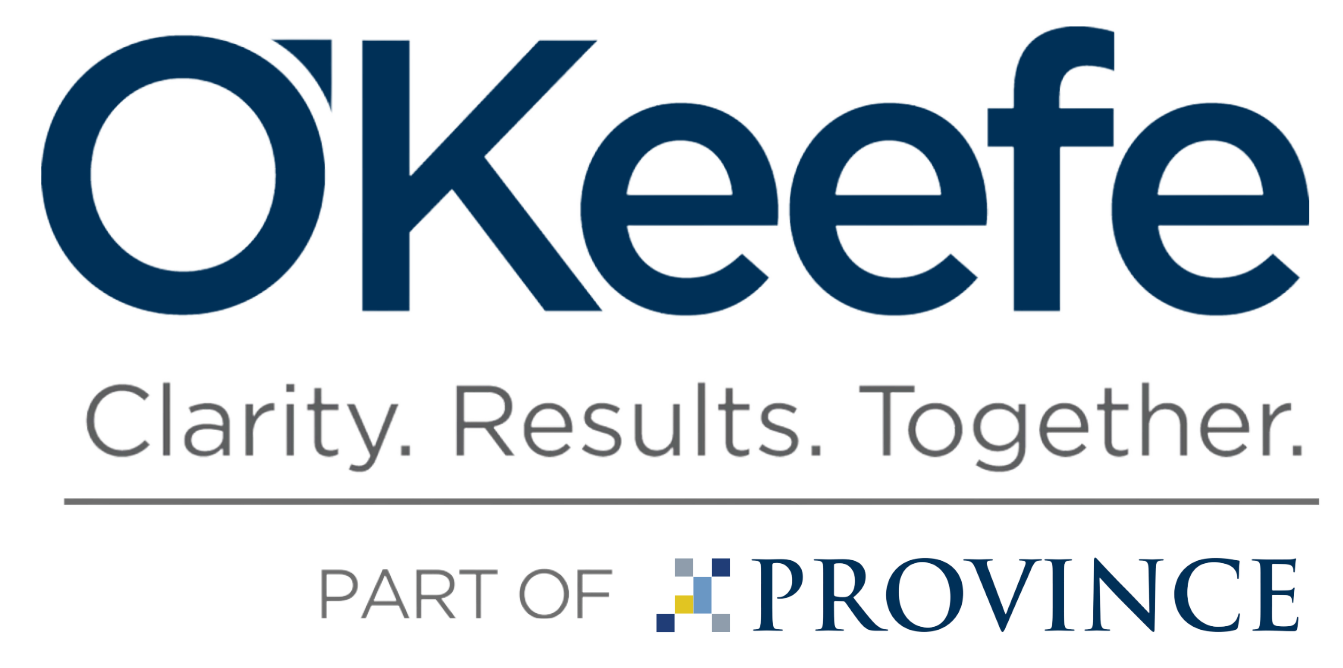Finding the Fraudster
By Carolyn Riegler, Director
Fraud comes in many forms – theft of company assets, bribery, and corruption are just a few. People at all levels of a business are potential fraudsters.
First, let’s consider two real-life examples.
Two friends go into business together, one owns 75% of the company, the other a 25% share. After several years, the minority shareholder becomes angry that his partner is receiving more of the profits than he is, even though they both work equally as hard to establish the business. The disgruntled shareholder begins padding his company credit card with personal travel, gifts for friends and family, etc. Years go by with no questions asked. Suddenly the business is in distress and a new CFO comes on board to help. The charges are found and questioned. The two friends suddenly become enemies during the litigation that ensues.
An accounting clerk has been systematically writing checks to herself, using vendor invoices to back up the check disbursements. Over a two-year period, she embezzles over $89,000 without detection so that she can fund her gambling addiction. When the company hires a new controller, the theft is discovered. The employee is charged and convicted of the crime.
How could these frauds be detected earlier or prevented from happening in the first place?
- Understand the elements of fraud and fraud deterrents to protect yourself, your business and every individual involved. There are three common elements of fraud: opportunity, pressure and rationalization.
- Opportunity to commit fraud is present when employees have access to assets and the related information that allows them to commit and conceal fraud. Most companies are doing more with less resources which has resulted in managers with more access to systems and information, as well as more control over the operational areas of a company. Have you evaluated your checks and balances over asset access and reporting? Is there an open communication environment so employees feel comfortable discussing potential control problems or suspicions of fraud.
- Pressure is the motivation or “need” felt by the person that commits fraud. Most people have felt the pressure of escalating medical costs, credit card debt, job loss or divorce. To the fraudster, combine this pressure with opportunity and you may have a situation too tempting to resist.
- Rationalization is the final leg of the triangle. It is the glue that holds opportunity and motivation together. Common ways to rationalize fraud include making up for a lost raise or bonus, taking a temporary loan which never gets repaid, or believing that the “Company” doesn’t need the money.
Business owners have the most control over opportunity – focus on this area should be first. Enlist your business advisors, forensic accountants, and/or attorneys for help in setting up strong fraud prevention plans. Be proactive, hire a professional forensic accountant to help you find the truth, deal with it, and move forward to a successful future.


